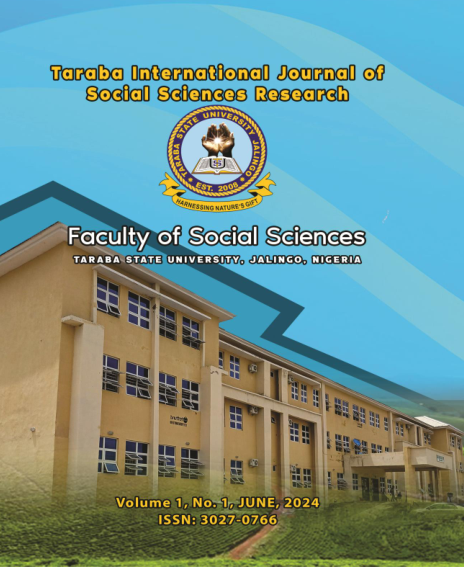Comparing Social Control Theories and Social Process Theories in Explaining Juvenile Delinquency
Keywords:
Juvenile delinquency, Social control theories, Social process theories, Prevention strategies, Policy implicationsAbstract
This study provides a comprehensive examination of two prominent theoretical perspectives in the
field of juvenile delinquency: social control theories and social process theories. These theoretical
frameworks offer contrasting yet complementary insights into the causes and prevention of
delinquent behavior among juveniles. Social control theories, represented by Hirschi's "Social
Bond Theory," emphasize the significance of strong social bonds, attachment to conventional
institutions, and adherence to societal norms in deterring juvenile delinquency. In contrast, social
process theories, exemplified by Sutherland's "Differential Association Theory," focus on the role
of peer associations, social learning, and the impact of labeling on delinquent behavior. Through
a review of the literature, this study elucidates the key concepts and empirical evidence associated
with both theoretical perspectives. It highlights the relevance of strong family and community
bonds, school engagement, and the influence of peer associations in shaping juvenile delinquency.
Furthermore, this study underscores the practical implications of these theories for policy
development and intervention strategies. Policymakers are encouraged to adopt an integrated
approach that combines elements from both perspectives to create comprehensive and adaptable
policies. The study also emphasizes the importance of data-driven, evidence-based practices,
suggesting that policymakers should engage in thorough data collection and research to identify
localized risk factors and trends related to juvenile delinquency. Early intervention and prevention
are recommended as essential components of effective policies, given that delinquent behavior
often begins during adolescence. School-based programs, community outreach initiatives, and
mentorship efforts are highlighted as potential interventions to identify at-risk youth and provide
timely support.

